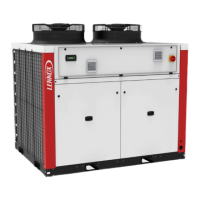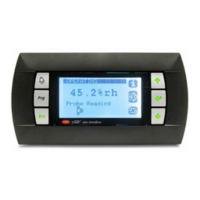2
PREFACE
Please read this operating manual prior to
commissioning the EcoLean™ chiller. Familiarize
yourself with the operation and control of the EcoLean™
chiller and closely follow the instructions.
We would like to stress the importance of training with
respect to the correct handling of the chiller. Please
consult Lennox on the options available in this eld.
It is important that this manual be stored in a permanent
location in the vicinity of the EcoLean™ chiller.
For the sake of clarity, important items in this manual are
shown as follows:
Text Important general instructions
Danger of damage to the chiller
This manual contains important instructions regarding the
commissioning of the EcoLean™ chiller. It also includes
important instructions to prevent personal injury and
damage to the machine during operation. Furthermore,
in order to promote fault-free operation of the chiller,
maintenance information has been included.
Please do not hesitate to contact one of our employees
should you require further information on specic chiller
subjects.
Order related documentation will be forwarded under
separate cover. This documentation consists of:
- CE declaration
- Operating manual for control system
- Installation Operating manual
- Wiring diagram
- Unit detail are given on unit nameplate
FOR NETHERLAND: the STEK logbook, including
the required certicates will be handed over by the
installation technician or left with the machine following
commissioning by Lennox. The data published in
this manual is based on the most recent information
available. It is supplied conditional to later modications.
We reserve the right to modify the construction and/or
design of our EcoLean™ chillers, at any time, without
prior notication or obligation to adapt previous supplies
accordingly.
Any work on the Chiller should be carried out by
trained and licensed competent technician.
The following risks are present on the unit:
- risk of electrical shock.
- risk of injury from rotating parts.
- risk of injury from sharp edges and heavy weight.
- risk of injury from high pressure gas.
- risk of injury from high and low temperatures
components.
